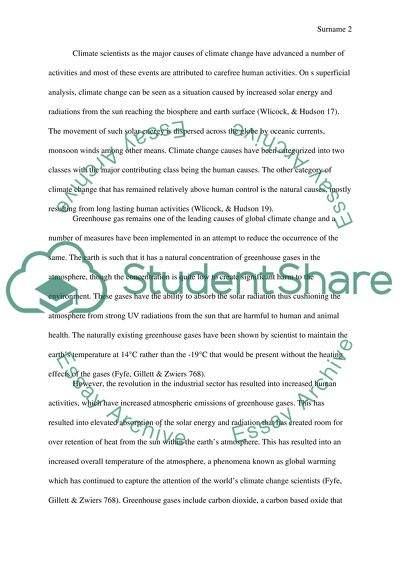Cite this document
(“Climate change Essay Example | Topics and Well Written Essays - 3000 words”, n.d.)
Retrieved de https://studentshare.org/environmental-studies/1626878-climate-change
Retrieved de https://studentshare.org/environmental-studies/1626878-climate-change
(Climate Change Essay Example | Topics and Well Written Essays - 3000 Words)
https://studentshare.org/environmental-studies/1626878-climate-change.
https://studentshare.org/environmental-studies/1626878-climate-change.
“Climate Change Essay Example | Topics and Well Written Essays - 3000 Words”, n.d. https://studentshare.org/environmental-studies/1626878-climate-change.


